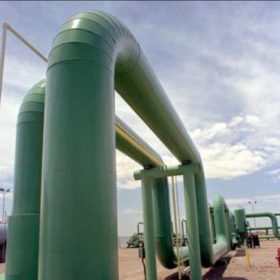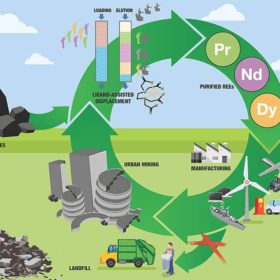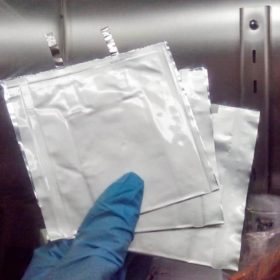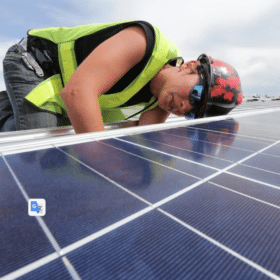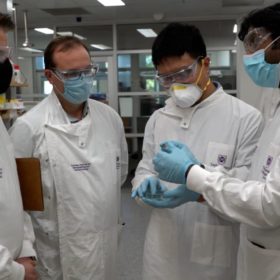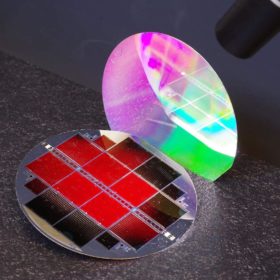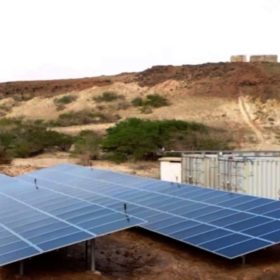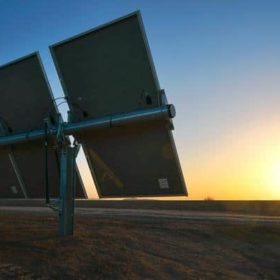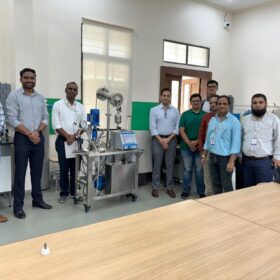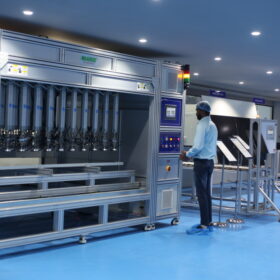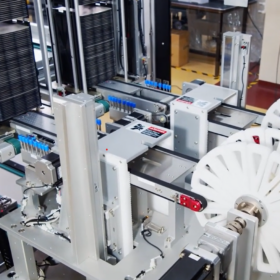‘Hydrogen as a universal climate solution might be a bit of false promise’
Hydrogen and hydrogen-based fuels will not be able to move forward fast enough to replace fossil fuels and tackle climate change, according to a German-Swiss research team that claims direct electrification alternatives are cheaper and easier to implement. The scientists cite too-high prices, short-term scarcity and long-term uncertainty, as the main reasons for their skepticism.
Tesla shifts battery chem for its Megapack energy storage system
The US electric car manufacturer is reportedly shifting to cobalt-free lithium iron phosphate (LFP) batteries for its utility-scale battery.
Recycling rare-earth elements from dead lithium batteries
American Resources Corporation is developing a process to separate pure rare earth metals from lithium-ion batteries used in electric vehicles or power plants based on renewable energy. The technique is described as a two-zone ligand-assisted displacement chromatography (LAD) that is able to produce metals with high yields and purity of over 99%.
Indian firm designs solar sculpture to produce 300 MWh of electricity annually
Called Solar Mountain, the permanent installation should be built in Nevada with modular design elements of recycled wood and other environmentally friendly materials.
Lithium saturation to make old batteries new
Scientists investigating the aging mechanisms affecting today’s lithium-ion batteries observed that the loss of lithium over time is one of the main causes of performance loss. With this in mind, they developed and tested a “relithiation” process that promises to eliminate much of the cost and complexity from recycling battery components and materials.
Solar 101: Attaching your PV system to your roof
A solar racking system’s strength is determined in part by the metal racking, but it also depends on the roof’s underlying structure. Rafters and any supporting structures must be strong enough to withstand your region’s maximum wind and snow loads.
Graphene aluminum ion batteries with ultra-fast charging
The “graphene revolution” is almost here. Australian scientists specializing in aluminum-ion batteries are now working with Brisbane-based Graphene Manufacturing Group to commercialize a technology that could transform energy storage.
Fraunhofer ISE achieves 35.9% efficiency for III-V triple-junction solar cell based on silicon
The cell, which looks externally like a device with a two-terminal architecture, was built with III-V semiconductor layers that were connected to the silicon sub-cell on the atomic level. The cell may be used in electrically powered aircraft and drones.
PV-powered desalination system for rural areas
Italian start-up Genius Watter has developed a solar desalination solution that is claimed to be particularly suitable for remote areas with no connection to grid electricity. The system is able to produce up to 1,000 cubic meters of potable water per day at an opex of €0.20 per cubic meter.
First Solar claims lowest module degradation rate in the industry
The US cadmium telluride thin-film module maker said its Series 6 CuRe panels are able to retain 92% of its performance at the end of the 30-year warranty. The improved stability of the product was achieved by eliminating copper and placing Group V elements such as antimony or arsenic onto the tellurium crystal sites.
